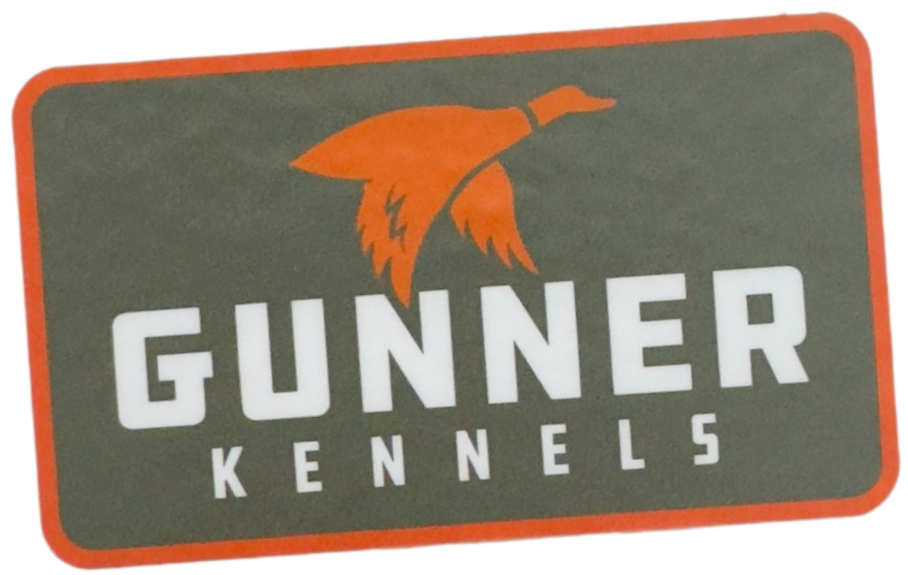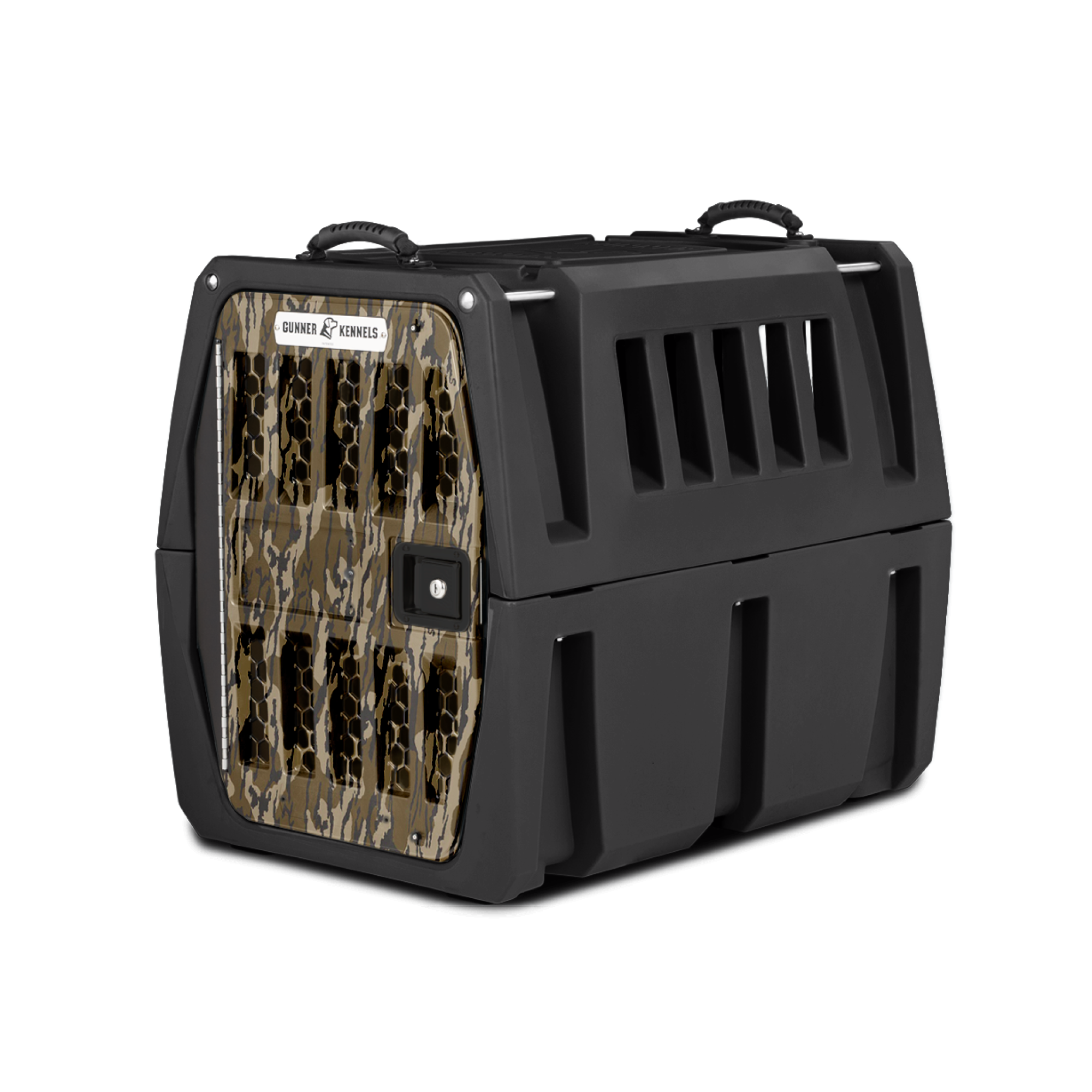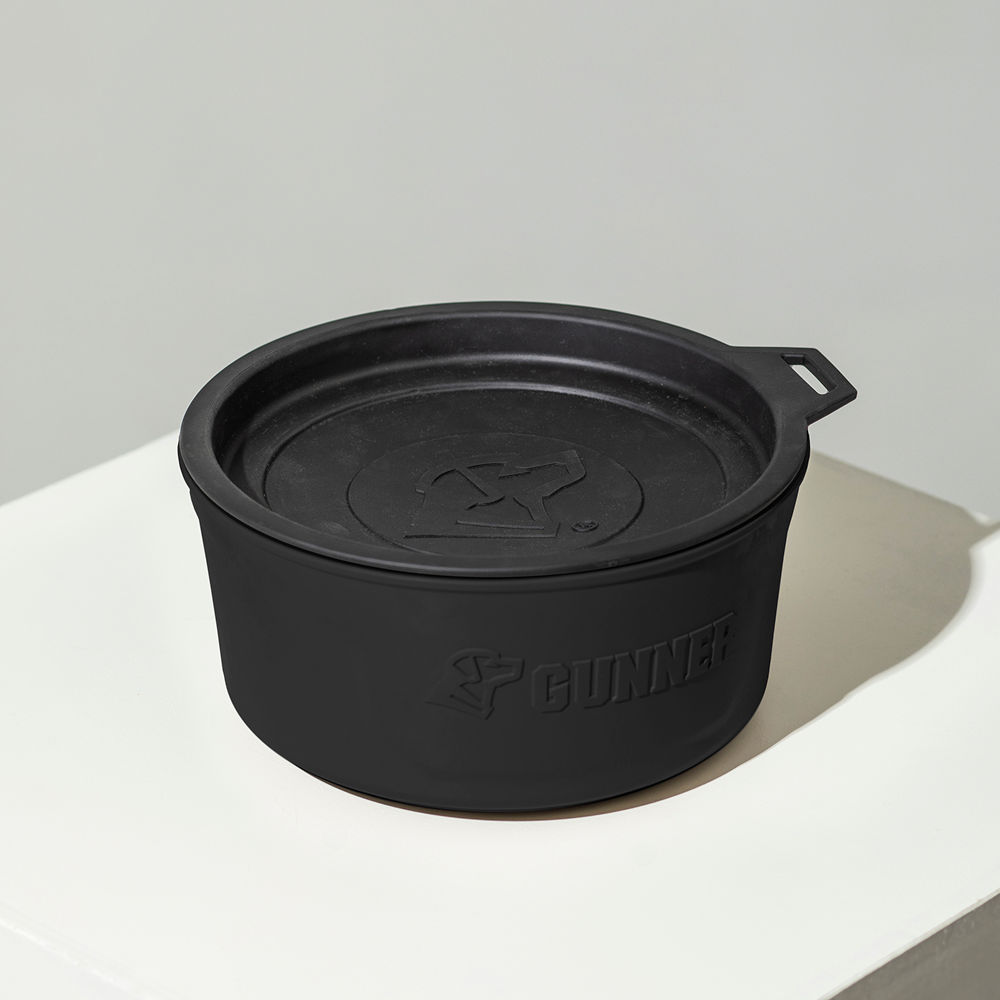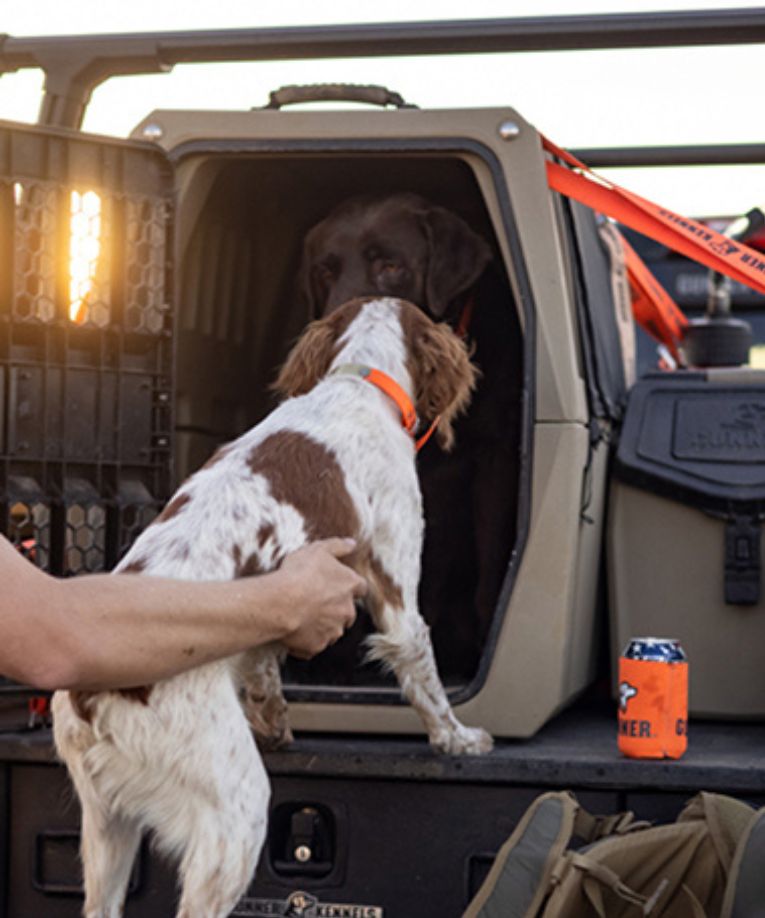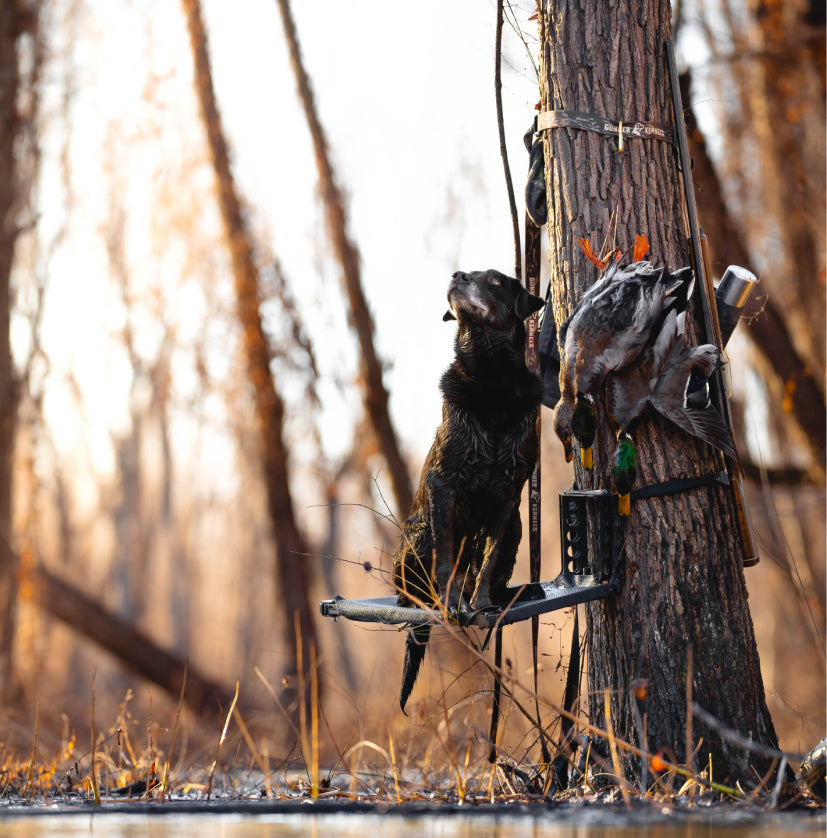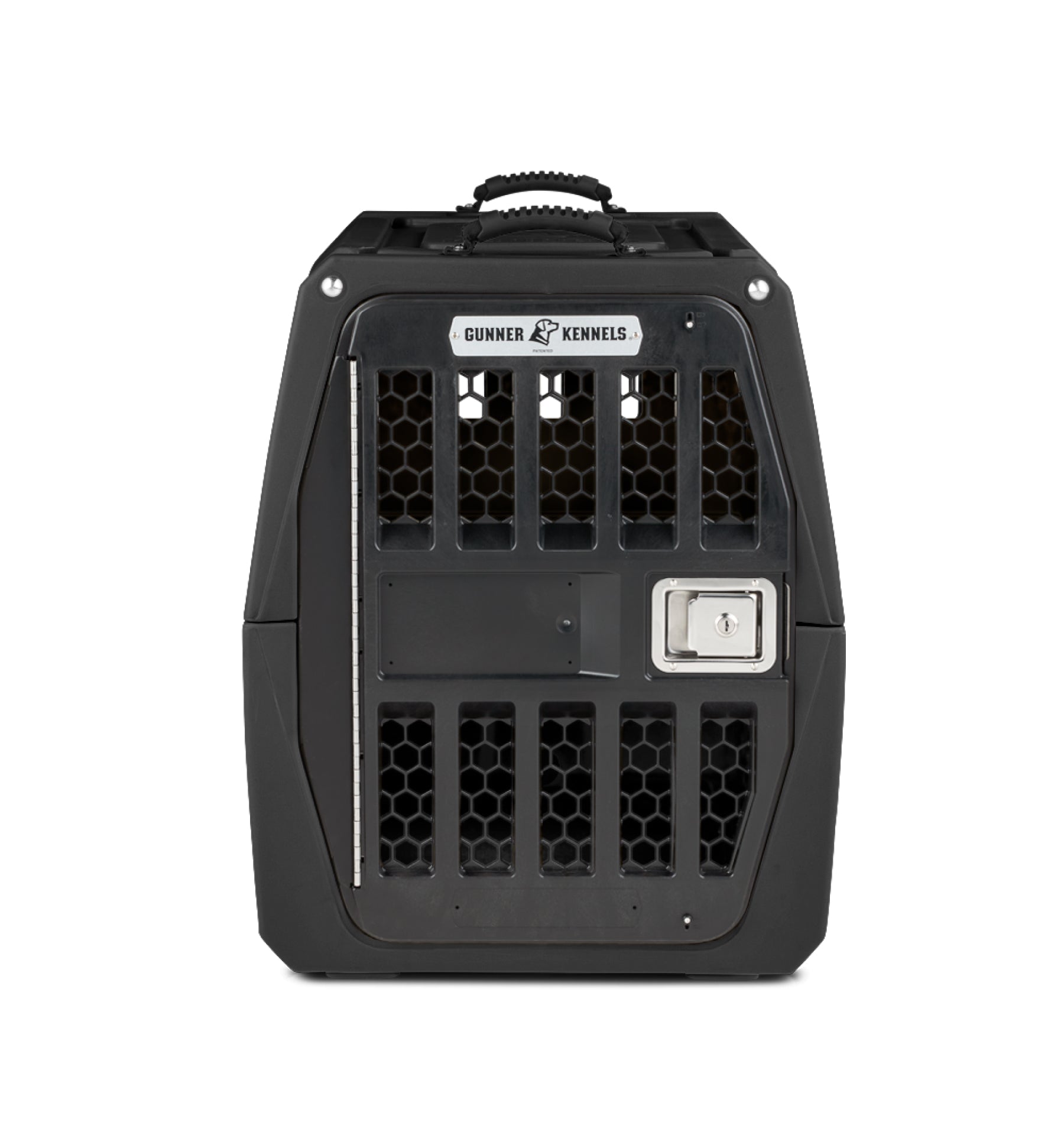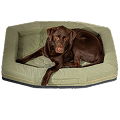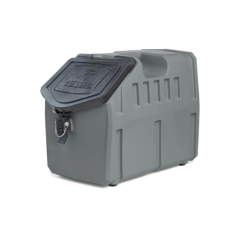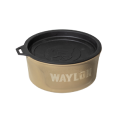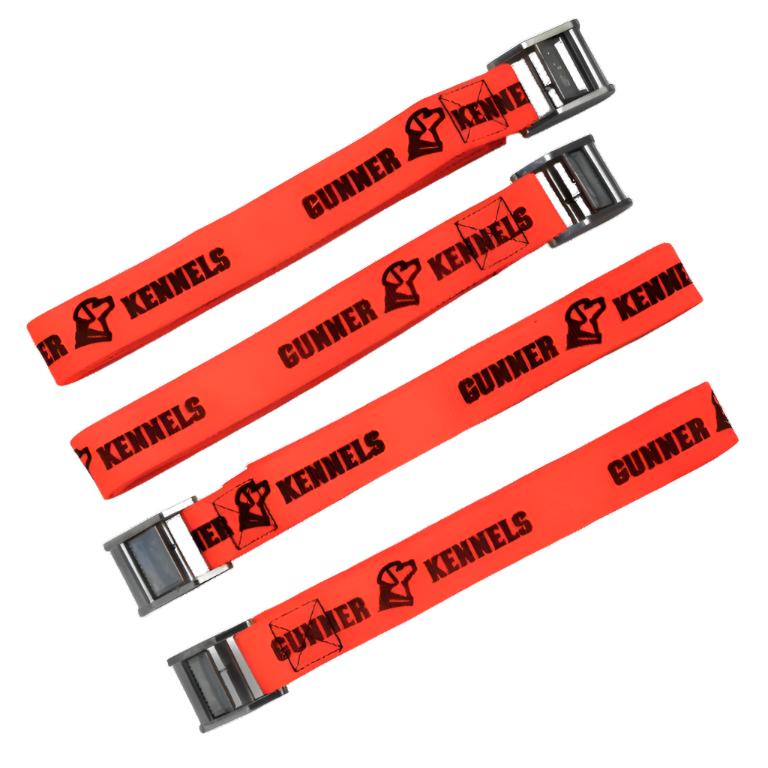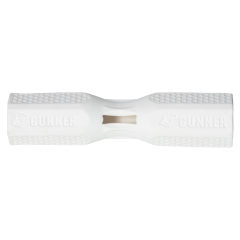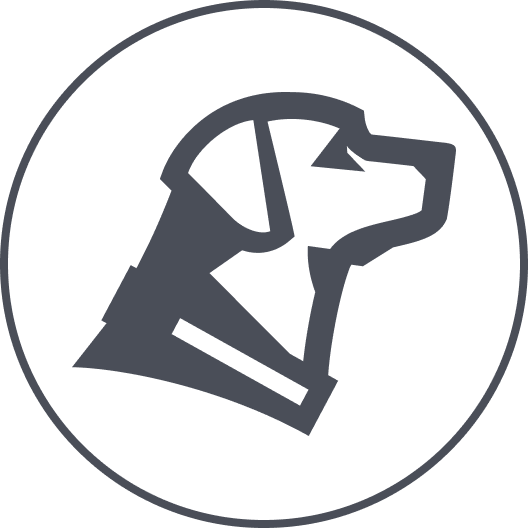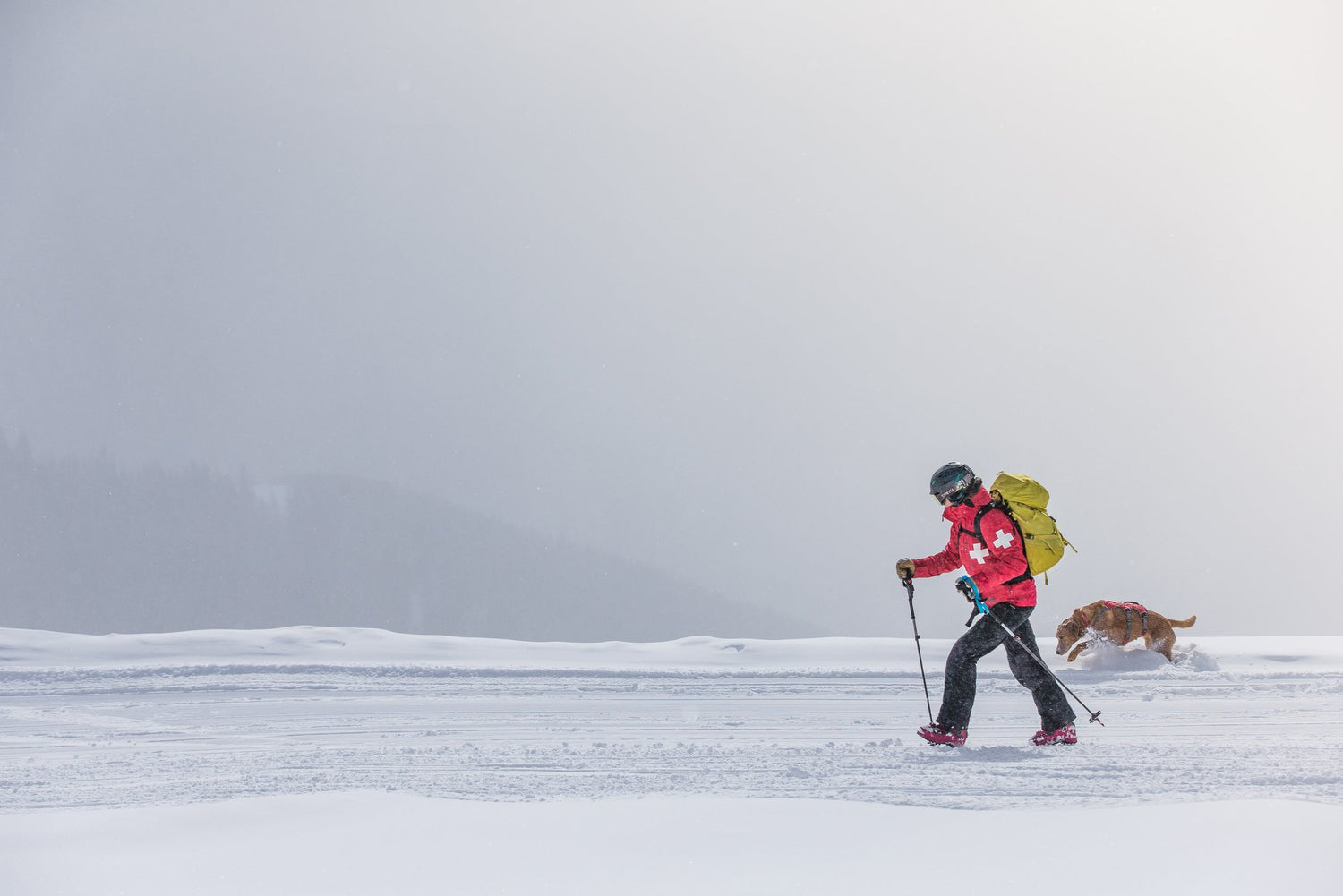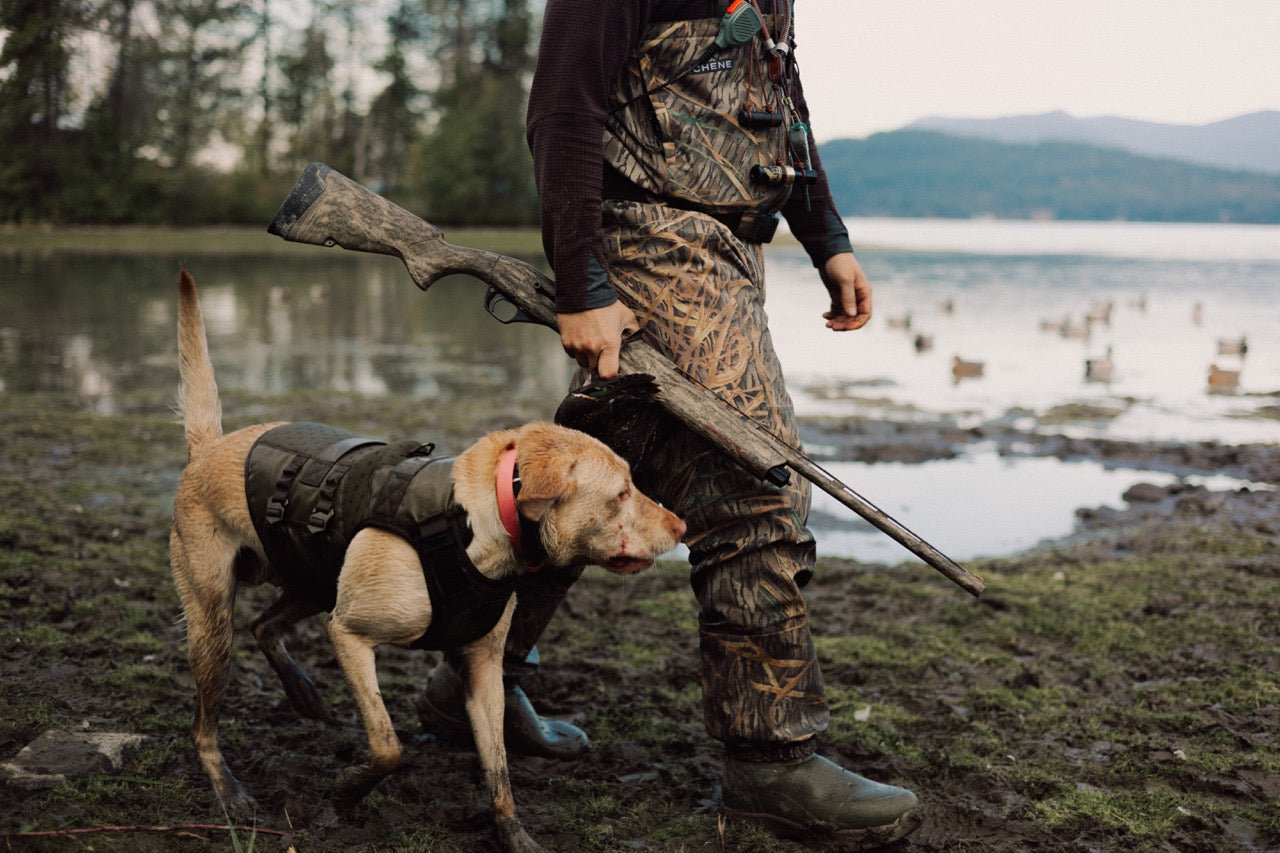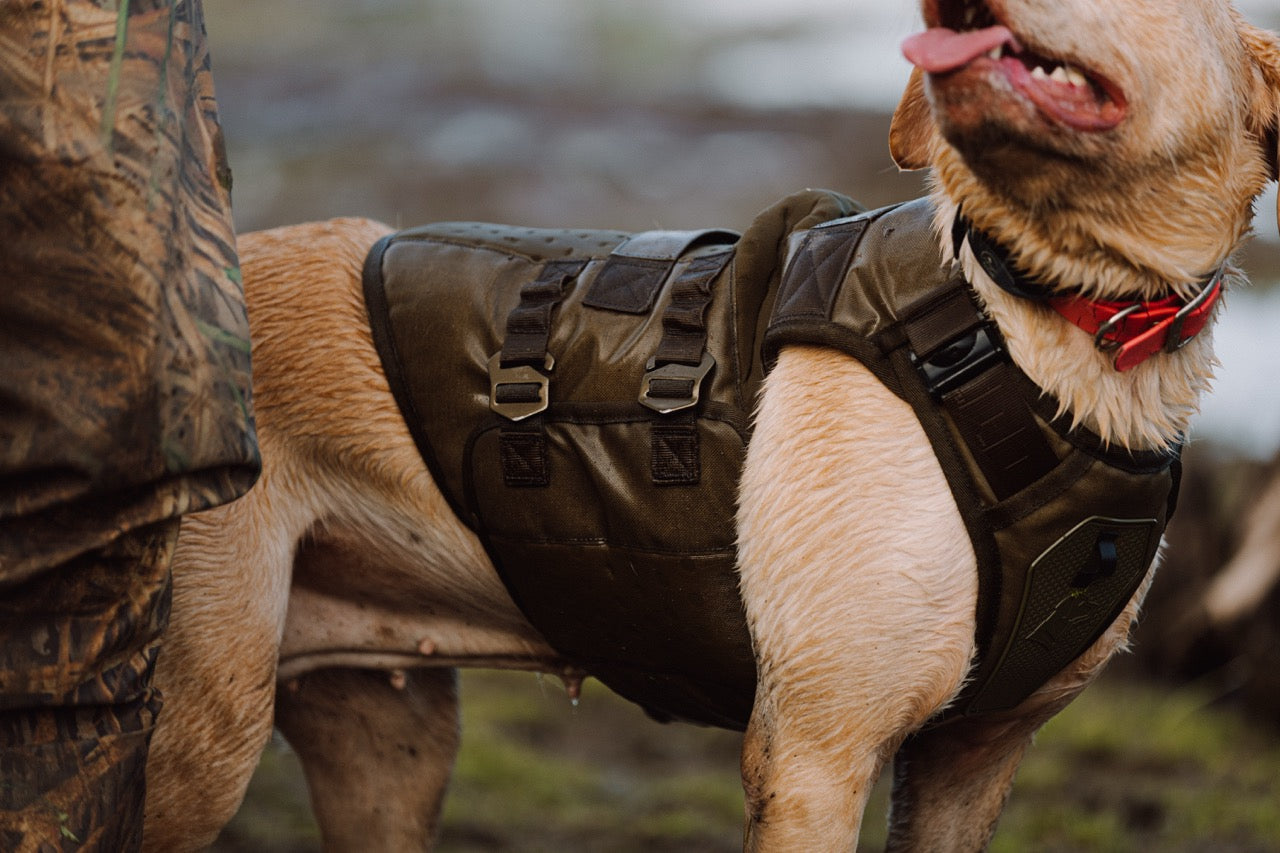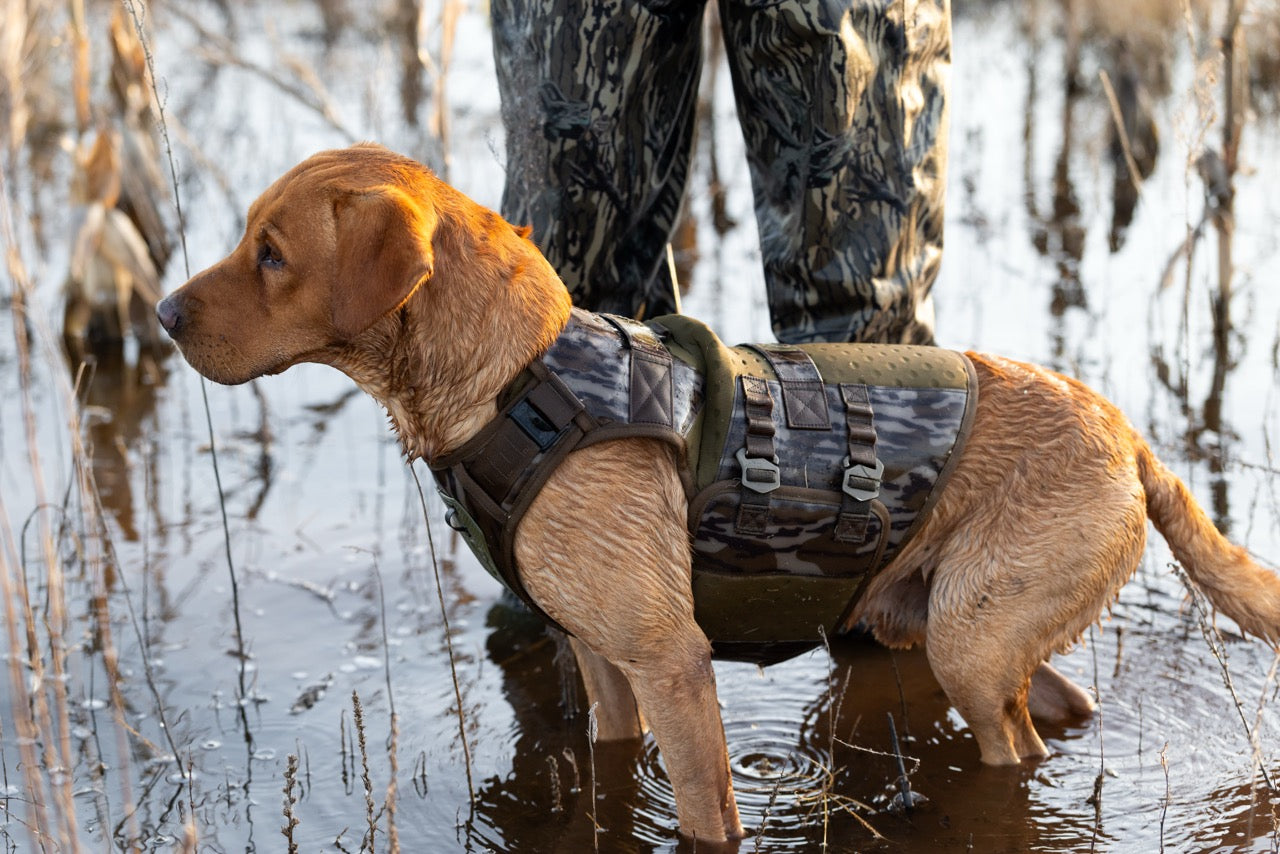Words by John Reller | As Told by GUNNER
Colorado Rapid Avalanche Deployment, or C-RAD, is a volunteer group that works to expedite the rescue of an avalanche victim through their team of trained volunteers and dogs. John Reller, founding member of C-RAD, shares more about the organization’s work and his personal experience.
We are a volunteer group who work our day jobs as ski patrollers, guides, and in other outdoor professions, and do this in addition to those jobs. Though a live find has not been had from an avalanche in North America, the closure that finding a victim brings to the family is immeasurable. – Doug Lesch, C-RAD President
SERVING THE COMMUNITY:
C-RAD came about many years ago, starting back in the eighties when there were just a couple of dogs here in Summit County, Colorado. In 1987, there was a big avalanche and this definitely highlighted the importance of avalanche dogs. More ski areas started getting dogs, we started to train together, and we became involved with avalanche and ski patrol agencies across Colorado and the west. By 1991, in Summit County alone, we already had several dog and handler teams from across multiple agencies in the county.
We all had unique talents, but we knew if we put those talents together, then we could much more effectively carry out a rescue. There were ski patrols, the search and rescue team, and a flight for life helicopter– by combining all of those folks, we had a great team.
As we trained together, we came up with a group name: Colorado Rapid Avalanche Deployment, or C-RAD. In 2016, we finally formalized and became a 501(c)3 nonprofit group. It’s been a long evolution over the years, but we’re training to produce good, well-trained avalanche rescue teams. And it’s not just the dogs we’re training, but the handlers as well. We have close to 100 members– it changes from year to year as new ski patrollers join and others move on, but that includes the dog handlers, support folks, and snow techs as well.


THE TOP PRIORITY:
The key task or number one priority for our team is finding somebody in an avalanche. Our ski patrol members are usually stationed at their own areas, since a lot of ski areas have gates and the backcountry isn’t a controlled area. People don’t necessarily understand the risk that they take by just going through a gate at a ski area, or entering out of bounds terrain.
It’s tough to know how many rescues we each typically perform, but I would say we’re deployed 6-8 times each year. Sometimes we’re en route and get called to stand down, which is always a great thing because it means companions found the person they were looking for. But a lot of them are calls where we don’t know if somebody is caught in the area, and that’s one of the more challenging missions in my mind. If I know somebody’s there, it’s easier mentally for me to stay and search until we find somebody. But to completely clear a site, it takes a lot of time, trust, and experience with your dog.


WHAT DOES IT TAKE?
What we have at C-RAD is a validation level training, so that anybody who calls us can have an expectation of what level that dog team will perform at. Handlers and dogs will work with an agency to train and learn the foundations, and then they get validated with C-RAD. The validation consists of having handlers and their dogs go to an unknown outdoor area and work a scenario together covering a specific amount of terrain with an unknown number of victims to find, so we can see their level of comfort in a new environment. With first time handlers and dogs, it typically takes a solid two years to get validated.
Ultimately, not every dog can do it. Can you train an awful lot of dogs to do it? Sure. But just like people, dogs have different personalities and different focuses that they do better in. When we’re looking for a live find dog, we’re looking for a dog that is confident, independent, motivated, and has a high drive.


ELITE SUMMER TRAINING:
Summer training for typical avalanche dogs is out in the wilderness, since that’s what we have access to. But here in Summit County, we’ve got a very active dive team and water rescue team. Most dogs don’t do this since C-RAD doesn’t deploy in water rescue, but once a dog has a solid foundation in finding people, it just becomes a game of hide and seek. So we change what medium they do it in. In this case, there are some similar crossovers since it’s somebody below the surface. It’s good training for the handler to build their confidence and trust with their dog.
We also do it to give the dogs exposure, since it’s important to raise a socialized dog who’s familiar with as many different conditions and situations as possible. So ideally, nothing catches the dog off guard– they can always think, “Yep, I’ve been there before.”
The dive training isn’t standard training for C-RAD, but when we have a few folks we can expose to this, we do. Exposure helps to build that trust between the handler and their dog. And when there is that bond and that trust, it becomes okay to put your dog in a situation they haven’t been exposed to before. The dog’s not like, “What the heck is going on? We’ve never done this before,” but instead the dog is confident enough to work through a new problem and look back at you like, “I’ve got this!”
BUILDING THE BOND:
I always say that to build a relationship with your dog, you need to live life with them and have experiences together. If you’re going to train a search and rescue dog, there’s going to be a change in your lifestyle– it’s not just a hobby. You’ll need to expose your dog to a lot of different environments and forms of transportation. They’ll need to be comfortable not just in a car, but also riding a ski lift, on a snowmobile, and in a helicopter. If you have the opportunity to take a new form of transportation with your dog, you should do it. If the dog trusts the handler, they will confidently take new situations in stride.
The best way to build trust with your dog is to live life with them. I like to say don’t just take your dog for a walk, go for a walk with your dog. Get in the habit of saying you both need exercise, so we’re going to walk up to the lake or a viewpoint. Your goal is still to get there and back, but you want to pay attention to the dog and watch what they’re sniffing or what they’re doing. That’s how you learn their body language and build that bond. You can’t replace time and experience.


To learn more about C-RAD and the organization’s work, visit www.c-rad.org.
